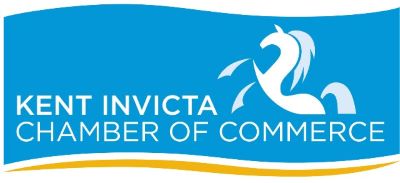Getting people to visit your website is only half of the battle. Chris Barling, chairman of ecommerce and EPOS systems supplier SellerDeck, provides tips on how to sell more to customers once they're on your site
To be successful when selling online, you must balance the cost of getting traffic - through search engine optimisation (SEO) and pay-per-click (PPC) - with what you do on your site. Increasing conversion and driving up average order value can be the difference between success and failure.
'Sales maximisation' is often seen as the Nirvana of online trading. The good news is, if you have a half-decent ecommerce solution, it's not that difficult to maximise sales. Using simple techniques, you can persuade buyers to put more on their card, while some can also increase conversion rates.
Start with top-sellers and new products
The most common and obvious technique is to provide a list of top selling items on your home page and provide a list of new products elsewhere on the site.
Nothing can be more convenient than zero clicks away, and the products most likely to attract interest from people who weren't planning to purchase them are the top sellers. Obviously, new products can promote fresh interest from existing customers, so a new products page will also help.
Offer bundled deals
Everyday low prices work for Tesco et al, because people must buy food, and by shopping regularly, they appreciate the true cost of their weekly trip. For stores that are visited less regularly, there are better methods, which means following one of the most basic rules of price merchandising: always give more for more money, never simply cut prices.
The key is to hook the buyer with a solid offer, then once they have decided to buy, entice them to spend more on an even better-value offer. An example would be where a twin pack of printer toners is only 40% more expensive than a single cartridge. The buyer initially only puts one in their cart, but when presented with the right offer, they decide they will receive better value by purchasing the twin pack.
The technique can be used with numbers: the larger the quantity bought, the lower the price. Or try bundles, where the cost of the bundle is less than its constituent parts.
Highlight other products they're likely to like
Another approach, pioneered by Amazon, analyses the buyer's previous and purchasing history. They are then offered a list of products that they might be interested in, because buyers with similar tastes also bought them. This is particularly effective when selling for products such as gadgets, games, books and music.
Offer something extra
"Would you like a salad with that?" is another effective technique. Using a check box, accessories are provided as complimentary items to the main product. So, when the buyer selects the main product, they can buy additional options with a single click.
This is a treble win, because there is a small saving when the accessory is bought like this, but the buyer also saves time in finding the option and saves hassle from not having to work out what goes with what. The assurance that the option will actually work with the main product is also likely to reduce queries and increase conversions.
Offer multiple discounts
Add-on options and multiple discounts is another effective strategy for increasing sales. For example, offering discounts when people buy two or more related items. After one or more items have been added to the cart, where appropriate, the buyer receives a message ("Buy another x and you can receive any of y at half price"). Obviously, there are many variants on this theme, but the principle is the same: spend more to get a better deal. The beauty is that you can extend the range of things that can be offered, while you are trying to persuade the shopper to buy more all of the way to the checkout.
The big advantage of ecommerce is that it's easy to try things out, measure results and adjust if necessary. But get it right and you can increase sales and improve your margins. It may not be Nirvana, but it certainly is worthwhile.
